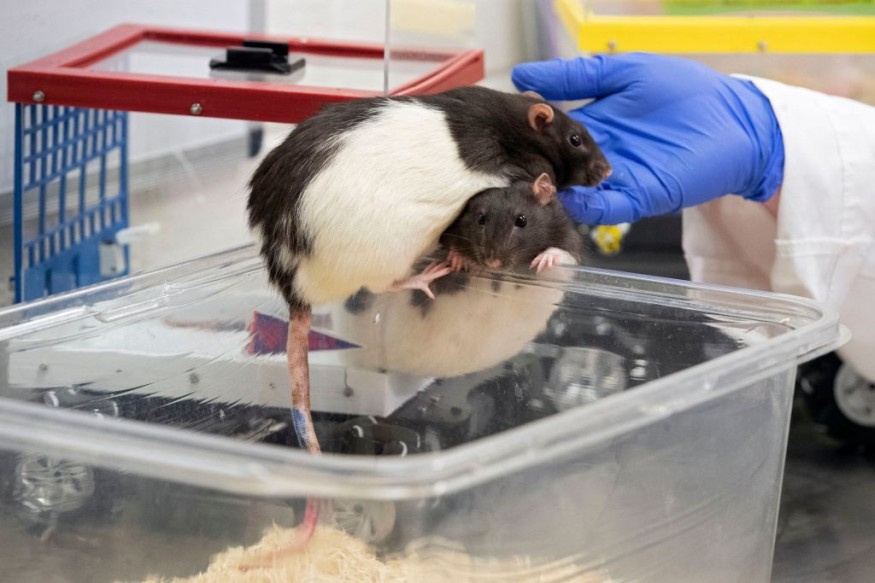Human brain cells or organoids transplanted onto a rat brain can function, as well as influenced the rodent's behavior, according to a new study conducted by researchers from Stanford University.
The research team is hoping data from the successful transplant could provide crucial insight into forms of autism and perhaps a number of psychiatric disorders, as well as the human brain.
For decades, scientists have attempted to decipher the mystery of the human brain, including attempts to determine the secrets of some brain conditions ranging from autism, epilepsy, to mental illness.
Instead, the Stanford researchers extracted tiny human brain organoids and placed them on the rats during the small mammal's early development.
The human-rat brain integration was proven to be highly viable.
There is no known existing cure for autism, as well as other mental health disorders like Alzheimer's disease and other neurodegenerative conditions.
Now, the Stanford study is expected to shed light on the cause and potential treatments for such mental disorders plaguing millions of people worldwide.
The study could also serve as a theoretical and practical basis that can be used in future research.
Human-Rat Brain Study

In a news report on October 15, Stanford University - School of Medicine Professor Sergiu Pasca, M.D., stated the human organoid transplant was made possible when the rat brain was still plastic and can still form new connections after placing the organoids to the developing rat, as cited by ABC13 Eyewitness News.
Dr. Pasca said the first step was to create the brain tissue using the so-called pluripotent stem cells, which were taken from skin samples and can be transformed to develop into any kind of cell in the body.
With this working knowledge, Pasca's team transplanted the said cells into a living rat brain.
The developing rat showed the connection of blood vessels and growth of human neurons.
The baby rats were the recipient of this transplant as part of an effort to study human brain development, as well as its associated diseases.
Multiple disorders, such as autism and schizophrenia, are likely unique to humans only, but the human brain is not very accessible, Pasca added, as cited by The Associated Press.
Rat-Human Hybrid Brain
The new paper on the rat-human hybrid brain was published in the journal Nature on October 12.
In a similar news release on the same day, the journal expressed both excitement and concerns consisting of ethical questions about the nature of the transplant.
In spite of the academic feat, human brain organoids, tiny brain-like structures grown from human stem cells, only mimic human brains in a limited manner.
They are unable to develop blood vessel and unable to receive nutrients, making them short-lived, according to Nature.
During a press conference on October 10, Pasca said that human brain cells mature more slowly than rat cells, so the team had to wait over six months for the organoids to become fully mixed into the rat brain.
By the end of the waiting period, the integration was very successful it was almost like adding "another transistor to a circuit," as cited by the journal.
Related Article: Scientists Create Lab-Grown Human Brains That Could Think and Feel
© 2025 NatureWorldNews.com All rights reserved. Do not reproduce without permission.

